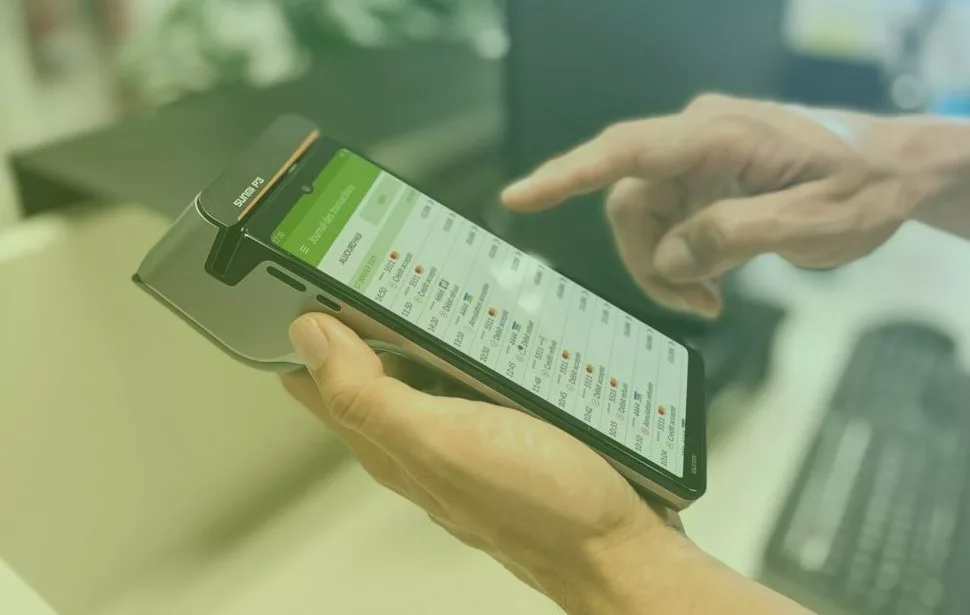Seamless or invisible payments are already a trend in themselves: they are modern, revolutionary and have come to introduce a new modality in the universe of payments. Did you know that the payment methods you offer in your company largely determine the success or failure of the purchases made by your customers? Here we are going to tell you all about invisible payments.
Let’s get started!
What are invisible or seamless payments?
They mean paying without going through checkout, without any type of contact. This revolution eliminates the need to carry cash or cards and avoids long waits and difficulties with ticketing. Mobile payments are becoming increasingly simple. Amazon Prime is a clear example, as it offers different payment methods to its customers.
Trends in invisible payments
One of the latest trends in eCommerce is payment from mobile apps. You can go to eat at a restaurant and leave without asking for the bill, the waiter will look for the order in the system and it will be registered in your account. Another trend is the integration of biometric technologies to make selfie pay or face payments a reality. This progress has already been launched in some shops in Spain. Facial biometrics makes the in-store shopping process invisible.
Other payment methods that are already becoming a trend throughout 2020 are: voice recognition, which allows the shop to accept payments using voice; microchip, which is already a payment alternative for the future, even if there is research being made on nanotechnology and its safety; and blockchain technology, capable of increasing the security and transparency of payments thanks to blockchain. This is the infrastructure with which cryptocurrencies such as Bitcoin work.
In the midst of the digital transformation of companies, eCommerces are increasingly digitising their purchasing processes thanks to payment methods that are popular within society. With seamless payments, you can minimise the steps required for your customers to make their purchase. But how can you integrate seamless payments into your online business?
Integration of seamless payments in an online shop
New trends in payments involve the simplification procedures, leading to a better customer experience. To integrate them into your systems, you should consider two things:
- You need to digitise yourself through an app through which your customers can access and buy from their mobile phone anywhere, anytime.
- You must ensure data security. Think that the moment of payment is key for the customer. Whether they make a purchase in your business again will depend, almost entirely, on the effectiveness of the payment. It’s a turning point.
Seamless integration is the possibility for businesses to centralise all payment methods in one place in a simple, almost unnoticeable integration, which has a direct influence on reducing the shopping cart abandonment rate with intuitive payments and easy navigation. The integration of invisible payments requires a unified login and a common interface capable of eliminating the need for different report providers, gateway, risk analysis, etc. In short, they are perfect to optimise your online business and the operations carried out within it.
The turnover of e-commerce in Spain has grown by 260% in the last five years, going from being something new to a powerful alternative to increase sales and adapt to new consumption habits. Nowadays, invisible payments play a key role in the life of e-commerce. Do you want to know why? We tell you why in the next section.
6 reasons justifying the importance of invisible payments in eCommerce
In traditional commerce, we are used to long queues, looking for the right amount of money or waiting for change, etc. Every day we perform the act of paying, even several times a day. However, the situation is changing rapidly with invisible payments:
- They avoid manual payments, which prevents contact and therefore COVID-19 contagions. In this way, eCommerce can save time and devote it to study improvements in customer service.
- Invisible payments can be integrated into a payment gateway using different methods. Among them, those that best suit to the needs and problems of consumers.
- They increase the conversion rate.
- They are much more convenient for both the consumer and the merchant, as they reduce collection times and save costs.
- Payment automation also improves the sales process and enables online shops to differentiate themselves from the competition.
- They are fast, safe and invisible.
Have you implemented any invisible payment methods in your business? Do you have any doubts? You can share them with us without obligation.
The future of traditional trade
Time has shown that eliminating friction in payments requires traditional commerce to go digital. E-commerce is changing our consumer habits. We are making more and more purchases from home, especially in times of coronavirus. And that’s something that scares traditional businesses.
However, the solution lies in eCommerce, a business modality that is in tune with customer behaviour and new technological advances. This new form of business focuses on the consumer in all senses: it offers payment methods adapted to their needs and preferences, facilitates the purchasing process on their website, shows consumers your range of products without the need to travel and encourages potential customers to buy again in you online shop.
Invisible payments completely eliminate any friction that may exist in your business, with easy, optimised, digital, and automatic processes. If you want to achieve seamless integration, it’s essential that your invisible payment gateway fits your business needs and infrastructure.
Are you doing it? Do you need help?




